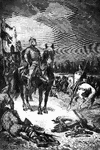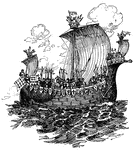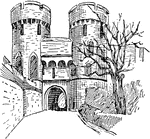Clipart tagged: ‘William the Conqueror’
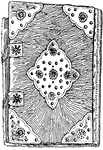
Domesday Book
The Domesday or Book of Winchester was a survey or census of England completed in 1086 for William the…
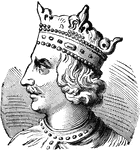
Henry I of England
Henry I (c. 1068/1069 – 1 December 1135) was the fourth son of William I the Conqueror, the first…

Medieval Coin
The obverse and reverse sides of a silver penny during the reign of William the Conqueror.

Rochester Castle as Seen from the Northwest
Illustration of the Norman-built Rochester castle. The architect of the castle was Gundulf, a Norman…
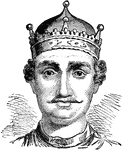
William I of England
William I of England (1027 – 9 September 1087), better known as William the Conqueror, was Duke…
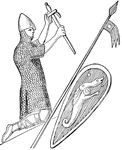
William the Conqueror
"William the Conqueror (1066-1087), as represented on his seal. Although William really ruled 'as king…

William of Normandy and His Norman Forces Land on England's Shores
Norman ships and warriors following William the Conqueror, also called William of Normandy, land on…

